TABLE OF CONTENTS
X-Particles is becoming more popular by the day and we are seeing a lot of requests from readers looking to build a PC for X-Particle Workloads.
Insydium’s Plugin is a particle and VFX system for Cinema 4D that comes with a treasure trove of features. ParticleFX, Smoke & Fire Simulation, Fluid-Simulations, Dynamics, Cloth Simulation are just part of what X-Particles has to offer.
Before we can make hardware recommendations for X-Particles, we need to take a look at how X-Particles uses a workstation’s hardware.
How does X-Particles utilize your PC’s components?
Apart from Cinema 4D’s Viewport Performance which is responsible for displaying a preview of your particle setup, the main performance demand comes from caching your particle system.
X-Particles utilizes the CPU to cache each frame and stores the cache either in your RAM or on your permanent storage. Although caches can get quite big, it’s straightforward to just get a larger SSD to make room for them.
What’s not all that easy, though, is decreasing the time it takes to build an X-Particles cache.
The reason is as simple as it is complex:
X-Particle comes with many different features and solvers, and each of these makes use of your CPU in different ways. Some parts might be easily optimized to make use of high-core count CPUs, while others see no benefit at all.
On the contrary, as we’ll see in the benchmarks below, CPUs that are great for a specific X-Particle Feature (e.g. Fluid Sim) might be particularly bad for another feature (e.g. Granular Advection).
X-Particle Benchmarks
For our Benchmarking runs we used 5 Scenes from the Content Repository, opened them in Cinema 4D R21, and ran a cache build without changing anything else.
X-Particle Version Build 895 Trial.
Here are the results:
Trail Display Flowfield

| CPU | # of Cores | Base Clock | Cache Build Time (seconds) |
|---|---|---|---|
| AMD Ryzen 9 5900X | 12 | 3.4 | 18 |
| Intel i9 11900K | 8 | 3.5 | 22 |
| Intel i5 11600K | 6 | 3.9 | 25 |
| AMD Ryzen 3900X | 12 | 3.8 | 25 |
| AMD Threadripper 3990X | 64 | 2.9 | 29 |
| AMD Threadripper 2950X | 16 | 3.5 | 39 |
| AMD Threadripper 1950X | 16 | 3.4 | 40 |
| Apple Mac Studio 2022 – M1 Max | 10 | 3.2 | 41 |
The Trail Display Flowfield Scene is an allrounder Scene as it makes use of many different X-Particles Features. There’s a Smoke & Fire Sim present alongside a Fluid Simulation and Particle Trails.
Looking at the scores, there’s no question that this Scene heavily favors CPUs with high Core Clocks. Lower clocking CPUs such as the Threadripper 3990X rank at the bottom, even though they have a decent number of cores.
The scene does have some Fluid Simulation elements that make great use of high-core count CPUs, but in the end it’s the weakest link that counts. And the weakest link are X-Particles Features that can’t be parallelized – making the 64-Core Threadripper 3990X a bad performer in this scene.
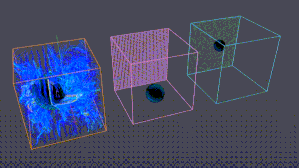
ExplosiaFX Particle Curl

| CPU | # of Cores | Base Clock | Cache Build Time (seconds) |
|---|---|---|---|
| Intel i9 11900K | 8 | 3.5 | 173 |
| Apple Mac Studio 2022 – M1 Max | 10 | 3.2 | 183 |
| AMD Ryzen 9 5900X | 12 | 3.4 | 195 |
| Intel i5 11600K | 6 | 3.9 | 196 |
| AMD Ryzen 3900X | 12 | 3.8 | 240 |
| AMD Threadripper 3990X | 64 | 2.9 | 248 |
| AMD Threadripper 2950X | 16 | 3.5 | 271 |
| AMD Threadripper 1950X | 16 | 3.4 | 289 |
Both Scenes, the ExplosiaFX Particle Curl and the ExplosiaFX Granular Advection below are highly dependent on single-core performance. If these types of particle setups are your bread and butter, look for mainstream CPUs that clock high and have a moderate amount of cores.

ExplosiaFX Granular Advection

| CPU | # of Cores | Base Clock | Cache Build Time (seconds) |
|---|---|---|---|
| AMD Ryzen 9 5900X | 12 | 3.4 | 53 |
| Intel i9 11900K | 8 | 3.5 | 53 |
| Intel i5 11600K | 6 | 3.9 | 55 |
| AMD Ryzen 3900X | 12 | 3.8 | 67 |
| AMD Threadripper 3990X | 64 | 2.9 | 73 |
| Apple Mac Studio 2022 – M1 Max | 10 | 3.2 | 76 |
| AMD Threadripper 2950X | 16 | 3.5 | 79 |
| AMD Threadripper 1950X | 16 | 3.4 | 85 |
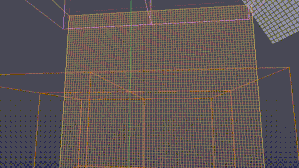
Fluidflip APIC Splash Tank

| CPU | # of Cores | Base Clock | Cache Build Time (seconds) |
|---|---|---|---|
| AMD Threadripper 3990X | 64 | 2.9 | 129 |
| AMD Ryzen 9 5900X | 12 | 3.4 | 198 |
| AMD Ryzen 3900X | 12 | 3.8 | 265 |
| AMD Threadripper 2950X | 16 | 3.5 | 318 |
| Intel i9 11900K | 8 | 3.5 | 319 |
| AMD Threadripper 1950X | 16 | 3.4 | 345 |
| Intel i5 11600K | 6 | 3.9 | 380 |
| Apple Mac Studio 2022 – M1 Max | 10 | 3.2 | 440 |
The Fluid Simulation Benchmark is the easiest to read from the 5 Scenes we tested. The 64-Core Count Threadripper 3990X easily pulls ahead as Fluid Simulation seems to be well optimized for parallel computing.
Interestingly the 16-Core Threadripper 2950X is slower than the 12-Core 5900X, but given that the 5900X is two generations newer, it makes sense. The generational leap and higher clocks let the 5900X outperform the 2950X in X-Particles Fluid Sim.
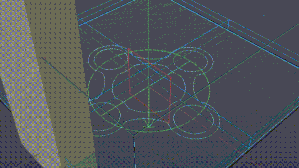
Dynamics Floating Objects

| CPU | # of Cores | Base Clock | Cache Build Time (seconds) |
|---|---|---|---|
| AMD Ryzen 9 5900X | 12 | 3.4 | 23 |
| AMD Ryzen 3900X | 12 | 3.8 | 24 |
| AMD Threadripper 3990X | 64 | 2.9 | 25 |
| Intel i9 11900K | 8 | 3.5 | 27 |
| Intel i5 11600K | 6 | 3.9 | 29 |
| AMD Threadripper 2950X | 16 | 3.5 | 41 |
| AMD Threadripper 1950X | 16 | 3.4 | 46 |
| Apple Mac Studio 2022 – M1 Max | 10 | 3.2 | 66 |
The Dynamics Floating Objects Scene is somewhat of a mixed bag. It heavily favors CPUs with high single-core performance but does make some use of lots of cores. The Threadripper 3990X, albeit sporting the lowest core clocks, is able to rank in second place thanks to its many cores that tip the scale in its favor.
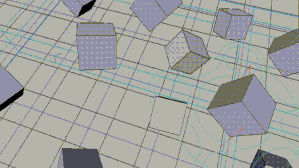
What’s the best CPU for X-Particles?
If you want to make use of the full range of X-Particles Features, you’ll need a CPU that has both as many cores as possible and clocks as high as possible.
In other words, you need a CPU that doesn’t exist.
The more cores a CPU has, the lower it usually clocks. That’s just how thermal and power limits work. Right now, great allrounder CPUs for X-Particles are the AMD Ryzen 9 5900X and 5950X with 12 to 16 Cores that have high single-core performance.
On the Intel side of things, the 10900K and 11900K CPUs are excellent for X-Particles, although both have “only” 8-10 Cores.
As can be deducted from the Benchmarks above, most of X-Particles Features benefit more from high clocks than from lots of cores. So unless you know you’ll use X-Particles only to create fluid sims, you should stick to high-clocking mainstream CPUs with a moderate Core-Count.
Fluid Simulations, though, are quite scalable and make decent use of the many cores in a CPU such as the AMD Threadripper 3960X.
The AMD Threadripper 3990X that we tested, though, can hardly make use of its full 64 Cores and is wasted on X-Particles.
Here’s a Screenshot of the 3990X’s CPU Utilization while building the Fluid Sim Cache (Fluidflip APIC Splash Tank Scene):
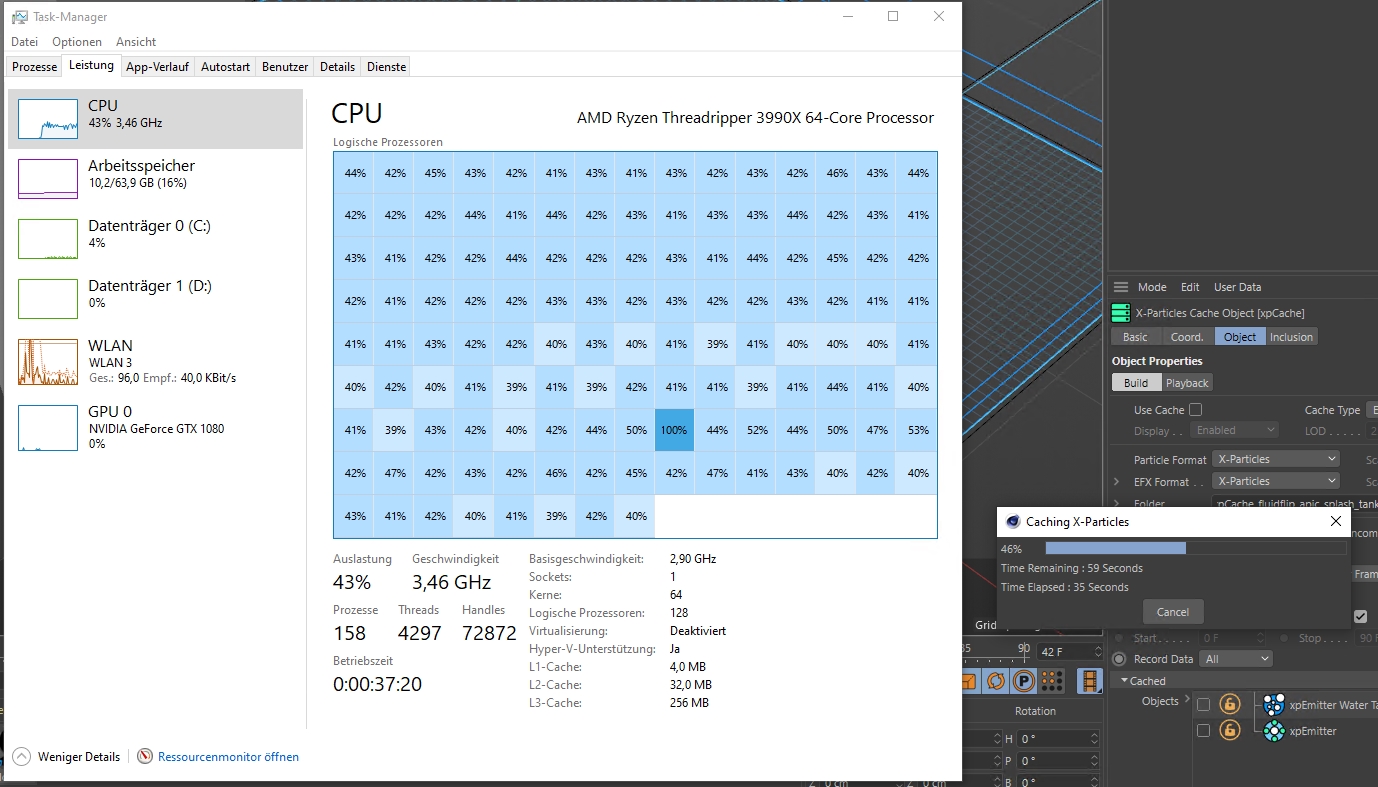
Only 40% CPU Utilization give or take when building Fluid Sim caches in X-Particles on a 64 Core-Count CPU.
The above Scores and CPU Recommendations fall in line with our PC-Recommendations for Cinema 4D and 3D Modeling:
- Get a mainstream high-clocking CPU (5900X, 5950X, 11900k, 10900k) for most cases
- Get a high-end Threadripper with lots of Cores (3960X, 3970X) if you make use of the few features that scale nicely (CPU Rendering, Fluid Sim)
Here’s what our resident CPU expert says about these recommendations:
Although using Clock Speeds is an easy way to compare the performance of CPUs of a similar generation, it’s only an approximation. IPC (Instructions per cycle), and other hardware-level features are what counts and you’ll find that some CPUs are capable of easily outperforming the competition or older generations even though their clock speeds are lower. Always consult benchmarks before making a buying decision.
Over to you
You can download the 5 Scenes we used here and help us fill in the gaps. Let us know the following in the comments:
- Scene
- CPU (@Stock clocks or OC?)
- Cache Build Time
- Cinema 4D Version
- X-Particles Version
Thanks! 🙂
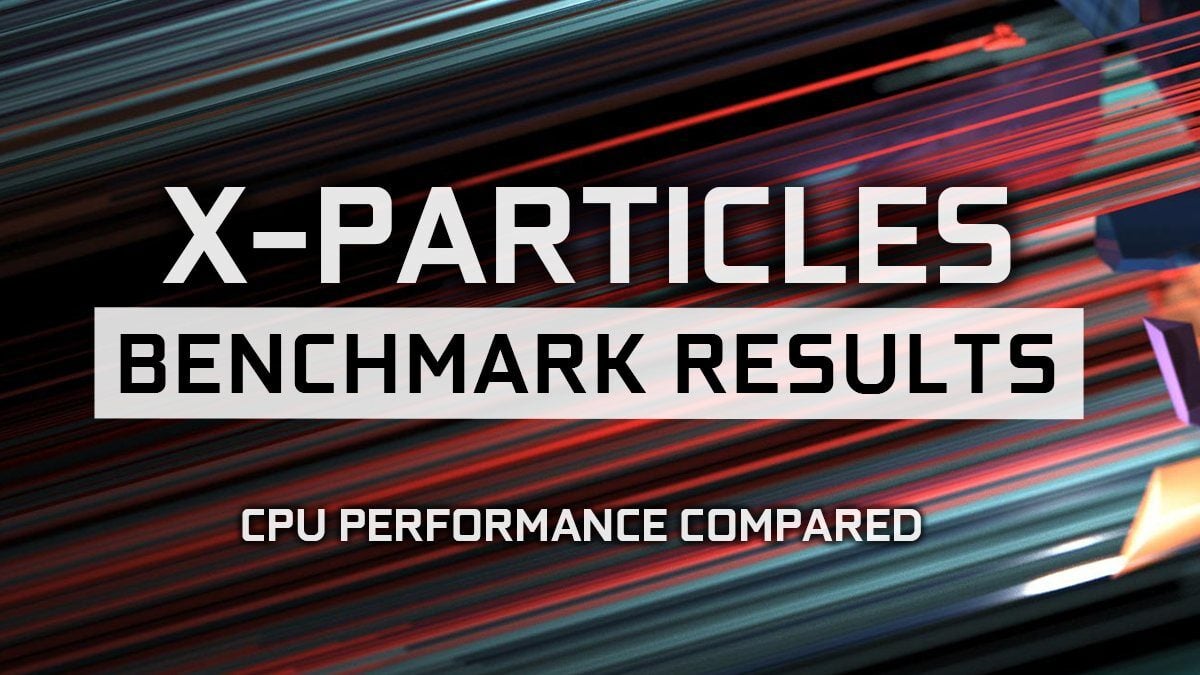
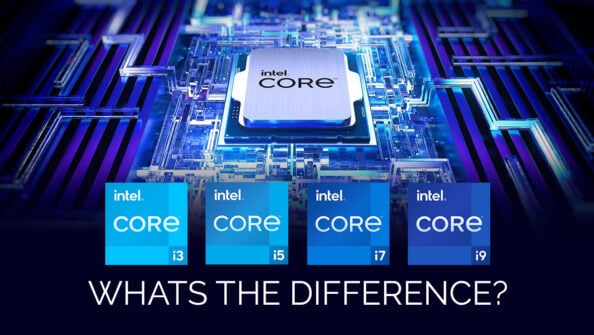
![Cinebench R23 Scores [Updated Results] Cinebench R23 Scores [Updated Results]](https://www.cgdirector.com/wp-content/uploads/media/2020/11/Cinebench-R23-Benchmark-Results-Twitter-1200x675-1-594x335.jpg)
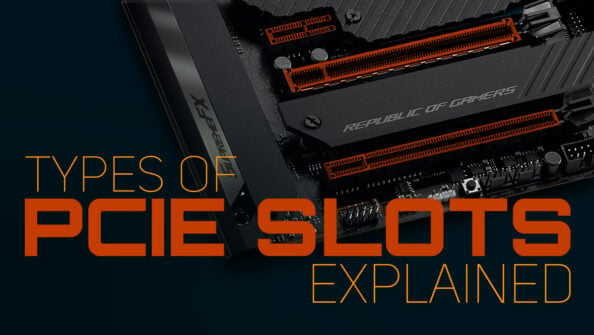
![Adobe Animate System Requirements and PC Recommendations [2024 Update] Adobe Animate System Requirements and PC Recommendations [2024 Update]](https://www.cgdirector.com/wp-content/uploads/media/2023/06/Adobe-Animate-System-Requirements-and-PC-Recommendations-Twitter-594x335.jpg)

31 Comments
2 May, 2023
Hi Alex,
With the release of the newer “KS” version of the i9-13900(KS) I assume this is now the top recommendation for X-particles performance? I realize the price and performance boost doesn’t seem to be bringing any huge gains over the previous 13900k, but just wanted to be sure.
Specifically, I am looking for the best active experience using ExplosiaFX and advection sims – and I will be pairing this w/ a 4090 GPU.
Thanks for the articles and info!!!
A
2 May, 2023
Hey Aaron,
Yes the the CPU with the top single core performance is the best pick for X-Particles. Unless you’re only doing stuff like fluid sim where higher core counts come out on top. But even then, the 13900ks has a good amount of cores and I’d still pick it above any 64-core-monster that’ll be bad at anything else apart from fluid solvers stuff.
Cheers,
Alex
21 October, 2022
So now for X Particles: i9 13th 13900k or ryzen 9 7950x Which one do you suggest? I will build my workstation this week.
7 November, 2022
Hey Chinmay,
If power draw is of no concern to you, Intel is the way to go, You’ll also have lower platform cost, BUT will have lower future-proofness.
AMD is great at having lower power draw, they have a new socket that’ll last for a few years and that will let you upgrade to a new CPU down the line.
Peformance-wise, the Intel is the way to go.
Cheers,
Alex